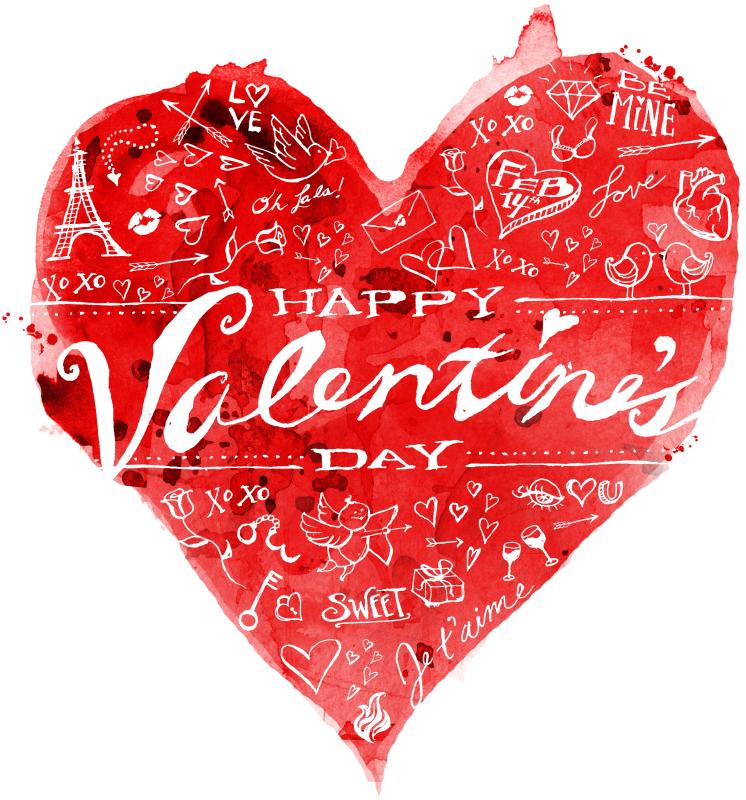A Valentine’s Day expression: The act of kissing
February means Valentine’s Day and immediately our minds race to getting dinner reservations, flowers and that not-to-be-skipped box of chocolates. But do we ever think about how far the act of kissing has come? Or where it even came from?
Today, kissing is a widely accepted gesture of affection, and can be seen in many different forms, including a quick peck on the cheek, a passionate kiss on the lips, or even a virtual kiss through a screen. Whether used as a greeting, a way to show affection, or an act of protest, kissing has been and continues to be an integral part of human behavior for thousands of years.
The exact origin of kissing is unclear, but we do know it predates human record keeping. Anthropologists disagree on whether kissing is instinctual or learned behavior. Those who believe it is instinctual look to the natural world and see that other animals behave in kissing-like activity. Those who believe it is learned say kissing has evolved from survival mechanisms that are not exactly date-night conversation material.
Archeologists note that in ancient civilizations, kissing had multiple meanings, but at its root, was performed to reinforce bonds of trust. Sanskrit scriptures of the Vedas include references to kissing – and this is thought to be the first written reference of it, however, hieroglyphics that predate the Vedas include depictions of kissing.
Puckering up and planting one on in medieval Europe took on a more intimate role, becoming an expression of love between partners. At this time, kissing also became more taboo and a hidden practice not to be seen by others.
By the Renaissance, kissing was widely embraced as an act of passion, often depicted in art, music and literature, though as late as the mid 1800s, Rodin’s “The Kiss” sculpture was too erotic for public display.
The “Golden Age” of Hollywood helped make kissing a staple on the big screen, but it was still considered risqué through the 1950s. Plenty of movies prior the 1950s included smooches, notably “Gone with the Wind” in 1939. But by 1957, when “West Side Story” was performed on Broadway, Tony and Maria’s under the bleachers kiss was anticipated and expected.
In the 1960s and 1970s, with the rise of the sexual revolution and greater social acceptance, kissing became mainstream, boldly thought of as a form of protest during the anti-war movement. This is evident in the iconic V-J Day image of a sailor kissing a nurse in New York’s Time Square at the end of World War II.
But not all kisses are romantic. The kiss of death in “The Godfather Part II” between mob boss Michael Corleone and his brother Fredo, revealing that Fredo had betrayed him, is simply bone chilling.
And not all kisses are comfortable. Was Mrs. Robinson a predator in “The Graduate?” Remember Vice President Al Gore’s three-second (felt like eternity) kiss with his wife Tipper at the Democratic National Convention in 2000? And Ray Bourque’s kiss of the Stanley Cup in 2001, while clearly passionate, was a bit unnerving.
Of course, there’s Judas’ kiss as well.
Perhaps the versatility of the kiss’s meaning, and the mystery of its origin, are part of the allure. Knowing you are participating in a ritual thousands of years old, spanning the globe and most cultures (90% of people, according to NPR), provides symbolic membership into humanity and all the warm fuzzies that come with that.
It’s a simple pleasure to which we sometimes assign too much meaning and sometimes we take for granted. Remember the nervousness of your first kiss? Who can eat spaghetti without thinking about Lady and Tramp sharing that noodle? Maybe the greatest virtue of the kiss is, you can decide what it means to you.

























